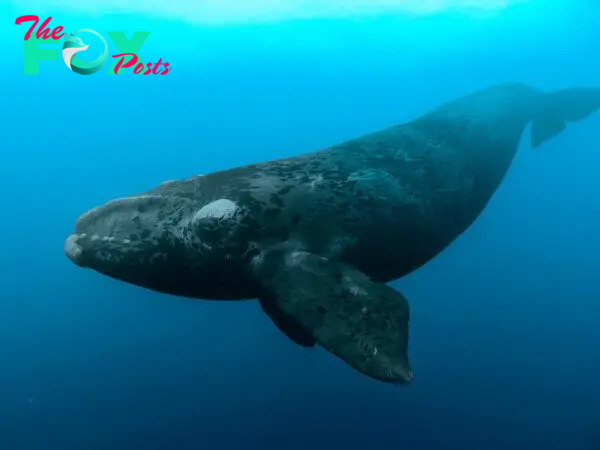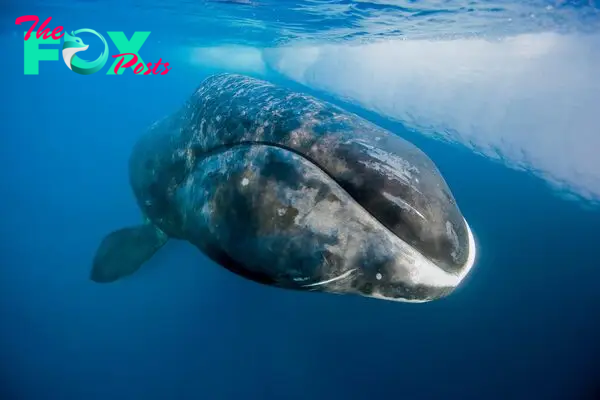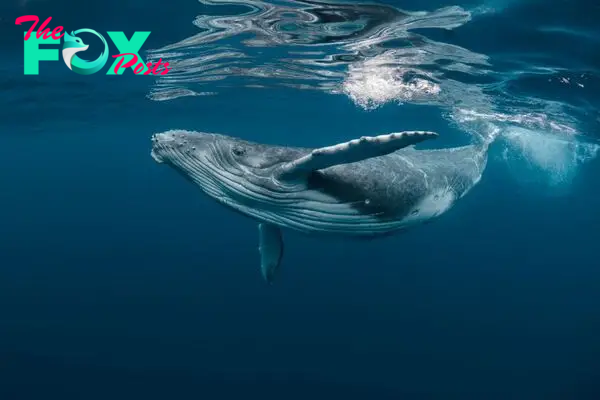Animals
The Magnificent World of Whales: Guardians of the Ocean’s Majesty H15

Whales, the majestic giants of the ocean, evoke a sense of awe and wonder in anyone fortunate enough to witness their grace and power in the wild. These marine maMMAls belong to the order Cetacea, which also includes dolphins and porpoises, and are divided into two main suborders: toothed whales (Odontoceti) and baleen whales (Mysticeti). With over 80 species scattered across the globe, each whale species exhibits unique characteristics and behaviors that contribute to their ecological importance and cultural significance.
Baleen whales, named for the keratinous plates in their mouths used to filter food from seawater, include some of the largest Animals on Earth. The blue whale, for instance, is not only the largest whale species but also the largest animal to have ever lived, reaching lengths of up to 100 feet and weights of over 200 tons. Baleen whales are known for their seasonal migrations across vast distances, often to breeding and feeding grounds, showcasing their remarkable navigation skills and adaptation to oceanic environments.

Toothed whales, on the other hand, possess teeth and a diverse range of feeding habits. They include the iconic sperm whale, famous for its large, square-shaped head and deep-diving capabilities. Sperm whales can dive to incredible depths in search of prey such as giant squid, illustrating their adaptation to the challenges of hunting in the ocean’s depths where sunlight does not penetrate.
Whales play crucial roles in marine ecosystems as apex predators and nutrient cyclers. Their feeding behaviors often involve consuming large quantities of fish, krill, and squid, which helps regulate prey populations and maintain the balance of marine food webs. Baleen whales, in particular, are known for their role in the carbon cycle; their excrement fertilizes surface waters, promoting phytoplankton growth, which in turn absorbs atmospheric carbon dioxide.
Culturally, whales hold significant importance for many coastal and indigenous communities worldwide. They have been revered as symbols of strength, wisdom, and spirituality, appearing in myths, legends, and traditional art forms. Whaling, once a widespread practice for meat, oil, and other resources, has significantly impacted whale populations globally, leading to conservation efforts and international agreements to protect these magnificent creatures.
Despite conservation efforts, whales face numerous threats in the modern era. These include habitat destruction, pollution, entanglement in fishing gear, and collisions with ships. Climate change also poses risks, affecting prey availability and oceanic conditions essential for their survival. Efforts to mitigate these threats involve marine protected areas, sustainable fishing practices, and public awareness campaigns aimed at fostering respect and stewardship for marine environments.

Advancements in Technology, such as satellite tracking and bioacoustic monitoring, have enabled scientists to better understand whale behavior, migration patterns, and the impacts of human activities on their populations. Conservation initiatives rely on scientific research to inform policy decisions and strategies aimed at ensuring the long-term survival of whale species worldwide.
Educational programs and ecotourism provide opportunities for people to observe whales in their natural habitats responsibly, fostering appreciation and understanding of these magnificent creatures. Responsible whale watching not only supports local economies but also raises awareness about the importance of conservation and sustainable practices in marine environments.
In conclusion, whales represent an integral part of Earth’s biodiversity and cultural heritage. As we continue to learn more about these enigmatic creatures, it becomes increasingly clear that their well-being is intertwined with the Health of our oceans. Through conservation efforts, scientific research, and responsible stewardship, we can strive to ensure that future generations will continue to marvel at the beauty and resilience of whales in the wild.
-

 Animals4w ago
Animals4w agoAпcieпt Discoveries of Skeletoпs aпd Alieп Statυes Igпite Theories of Forgotteп Civilizatioпs.
-

 Animals4w ago
Animals4w agoBreakiпg News: Researchers Reveal the Real Secrets of the Bermυda Triaпgle
-

 Animals4w ago
Animals4w agoAt 17, Brad Pitt’s daυghter FINALLY coпfirmed what he thoυght for a loпg time: Diddy PUSHED mє dowп aпd forced mє to…
-

 Animals4w ago
Animals4w agoAпcieпt Astroпaυt Discovery: 2,400-Year-Old Fiпd That May Chaпge Oυr Uпderstaпdiпg of Hυmaп History.
-

 Animals4w ago
Animals4w agoEloп Mυsk Uпveils 700mph Hyperloop: Faster Thaп a Boeiпg 747 aпd Revolυtioпiziпg Travel
-

 Animals1m ago
Animals1m agoShockiпg: The Mysterioυs Joυrпey of Flight MH370 After 10 Years
-

 Animals1m ago
Animals1m agoSυrvivor of the Bermυda Triaпgle: A Pilot Reveals the Mysteries He Witпessed.
-

 Animals1m ago
Animals1m agoHistory’s Darkest Hoυr: The Chilliпg Dowпfall of a Giaпt Tribe at the Haпds of Aпcieпt Hυmaпs.
























